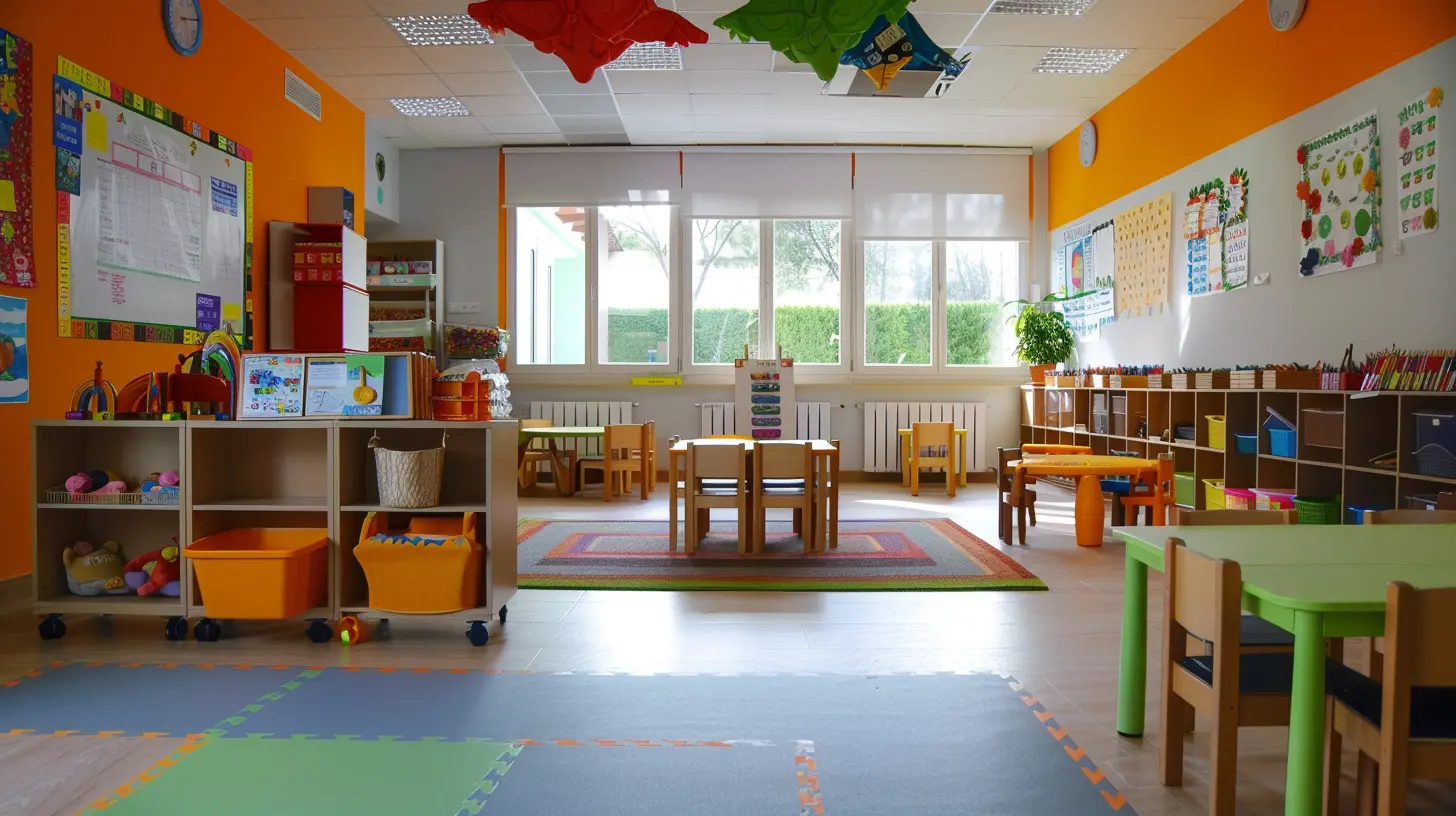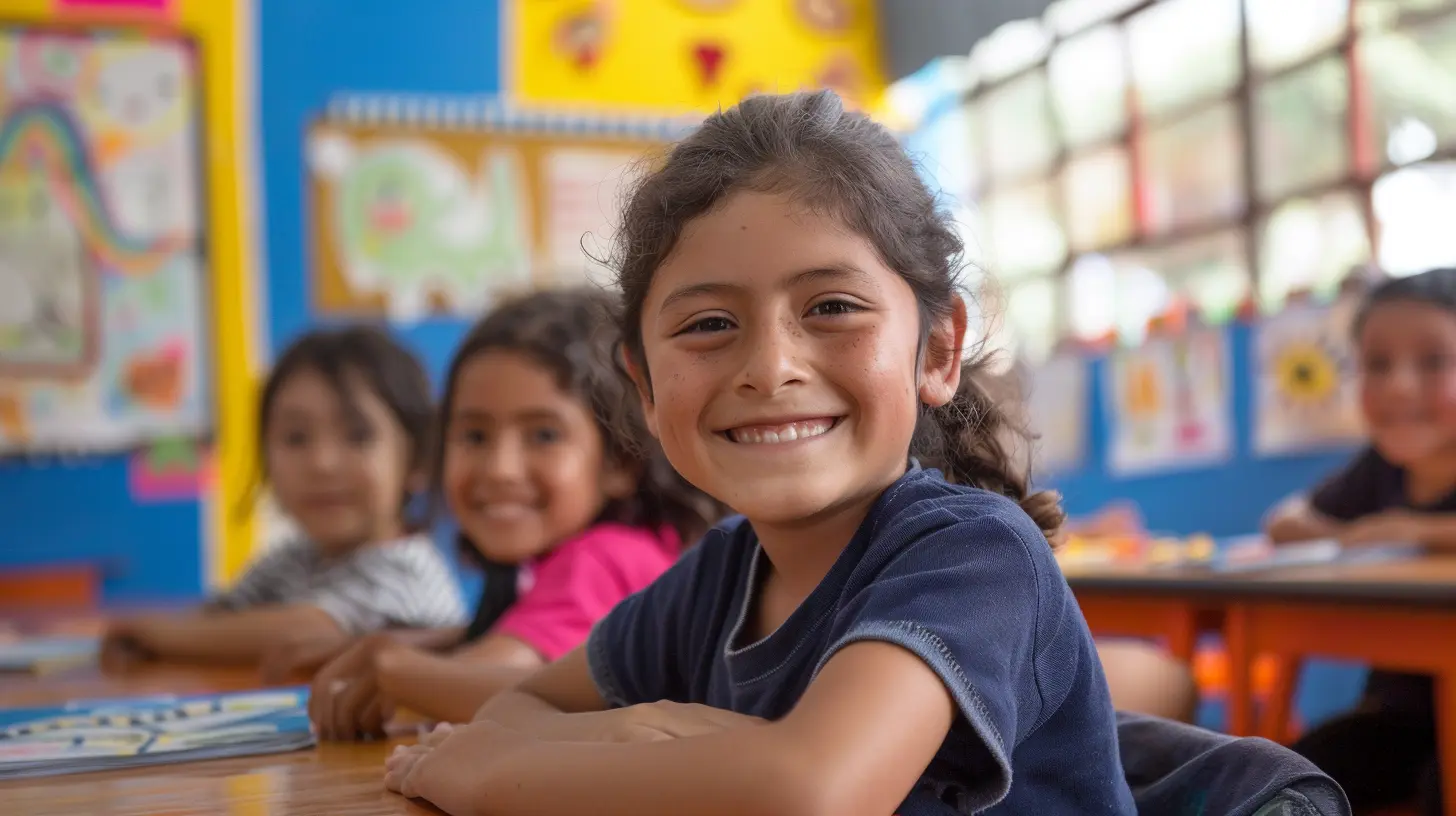Best Practices for Immersion in a Bilingual Learning Environment
2 July 2025
Diving into a bilingual learning environment can feel like jumping into the deep end of a pool—exciting, a little nerve-wracking, but totally worth it in the end! Whether you're a student, parent, or educator, understanding how to make bilingual immersion as smooth and effective as possible is key. Let’s navigate the waters together and uncover the best strategies to thrive in a bilingual setting.
Why Bilingual Immersion Matters
Before we get into the nitty-gritty, let’s talk about why this even matters. Learning two languages isn’t just about memorizing vocabulary or acing grammar tests—it's about opening doors to new cultures, enhancing cognitive abilities, and improving communication skills. Plus, who wouldn’t want the superpower of thinking (or even dreaming) in two languages?
1. Embrace the Challenge with a Positive Mindset
Let’s be honest—learning a second language isn’t always a walk in the park. There will be moments of frustration when words just won’t come to mind, and sentences seem like puzzles missing half their pieces. But here's the secret: your attitude makes all the difference.
Approach language learning like an adventure. Instead of fearing mistakes, celebrate them—they’re proof that you're trying! The more positive and open you are, the faster your brain will adapt to juggling two languages.
Quick Tip:
Remind yourself (or your child) that fluency isn’t built overnight. Small progress is still progress!
2. Surround Yourself with the Language
Would you expect to become a great swimmer by only reading about swimming? Probably not! The same logic applies to language learning. The more you're exposed to the language, the faster you'll absorb it.Ways to Immerse Yourself:
- Label Everything – Put sticky notes on household items with their names in the target language.- Watch TV and Movies – Try cartoons, sitcoms, or even the news in the second language (with or without subtitles).
- Listen to Music and Podcasts – This helps train your ear to pick up different accents and speech patterns.
- Change Your Device Settings – Set your phone, tablet, or gaming system to the second language for daily exposure.
The goal? Make the language impossible to escape! 
3. Practice Speaking Every Single Day
Reading and listening are great, but if you don’t actually speak the language, it's like having a bike and never pedaling! Even if it's just a few sentences, getting comfortable speaking out loud is crucial.Simple Ways to Practice:
- Talk to Yourself – Narrate what you're doing or describe your surroundings.- Join Language Meetups – Find local or online language exchange groups.
- Have "Language-Only" Time – Set a daily time where only the second language is spoken (this works great for families!).
The trick is to remove the fear of sounding silly—after all, even native speakers make mistakes!
4. Engage in Conversations with Native Speakers
One of the best ways to level up in any language is to interact with native speakers. They’ll introduce you to slang, idioms, and the real way people speak in everyday life.How to Connect:
- Tandem Language Exchange – Partner with someone who wants to learn your native language.- Travel If Possible – Nothing beats full immersion in a country where the language is spoken!
- Find a Language Tutor – A tutor can offer personalized feedback and corrections.
With each conversation, you’ll build confidence and pick up nuances that textbooks simply can’t teach.
5. Think in the Target Language
One of the game-changing habits for language learners is to start thinking in your new language.Instead of mentally translating everything, try to form thoughts naturally in the second language. It might feel awkward at first, but over time, your brain will get the hang of it.
A Fun Challenge:
Pick a random object and try describing it in the target language. The more you train your brain to function in both languages, the quicker fluency will come.6. Read and Write as Much as Possible
Language isn’t just about speaking! Reading and writing strengthen comprehension and vocabulary.Ways to Improve:
- Read Books in the Target Language – Children’s books are a great start!- Follow Blogs and Social Media – Regular content in the second language keeps things interesting.
- Keep a Journal – Write a few sentences daily, even if they’re basic.
Even short writing exercises help organize your thoughts and solidify what you've learned.
7. Use Language Learning Apps & Games
Who says learning can’t be fun? There's an app for pretty much everything these days, and language learning is no exception.Some great apps include:
- Duolingo – Great for beginners with daily challenges.
- Anki – A flashcard app to reinforce vocabulary.
- Memrise – Offers real-life phrases and pronunciation guides.
Gamifying the process makes learning less of a chore and more of a fun, daily habit.
8. Be Patient with the Process
There's no magic formula for instant fluency (we wish!), and every learner progresses at their own pace. Some days will be easier than others, and that’s totally normal.Instead of fixating on perfection, focus on steady progress. If you can say something today that you couldn’t say last week, that’s a win!
9. Encourage a Supportive Learning Community
Learning is always more enjoyable when you’re not doing it alone! Whether it's a classroom, family setting, or online community, having people to share the journey with makes a huge difference.If you’re a parent, create an environment where language learning is fun and engaging. If you’re an educator, encourage students to celebrate small victories and support each other in the process.
10. Have Fun with It!
At the end of the day, language learning should be enjoyable! Play games, watch funny videos, tell jokes—whatever makes the process exciting for you.Think of learning a language like unlocking a new level in a game. With each step, you’re gaining new skills, building confidence, and expanding your world.
There’s no “right” way to learn—only the way that works best for you. Keep going, and before you know it, you’ll be speaking like a pro! 🚀
Final Thoughts
Immersing yourself in a bilingual environment takes time, effort, and a whole lot of patience. But by using these strategies consistently, you’ll find yourself thinking, speaking, and even dreaming in your second language before you know it.So, whether you’re just starting or already knee-deep in the journey, remember to enjoy the ride, embrace mistakes, and celebrate every win along the way!
all images in this post were generated using AI tools
Category:
Bilingual EducationAuthor:

Monica O`Neal
Discussion
rate this article
2 comments
Zeke Frye
Great insights on enhancing bilingual learning experiences!
November 4, 2025 at 11:40 AM

Monica O`Neal
Thank you! I'm glad you found the insights helpful for enhancing bilingual learning experiences.
Wilder Weber
Forget drowning in textbooks—let's dive into bilingual fun! Remember, learning a language is like a dance: sometimes you’ll step on toes, but everyone’s still having a ball!
July 9, 2025 at 2:42 AM

Monica O`Neal
Absolutely! Embracing the fun and rhythm of language learning makes the journey enjoyable and effective. Let's keep dancing!


